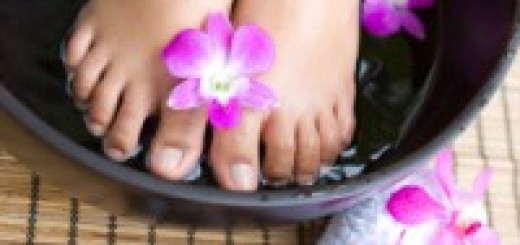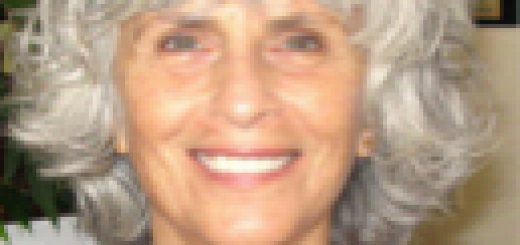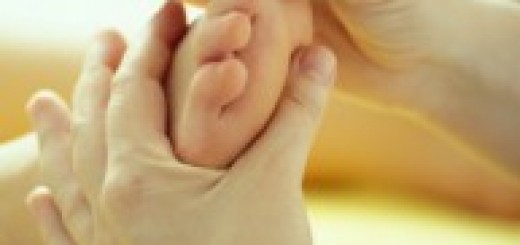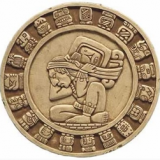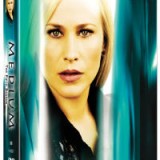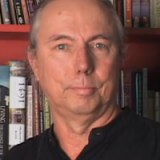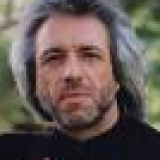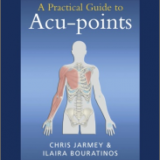Integrating Chinese Medicine & Reflexology for Improved Holistic Healing
Students of reflexology wanting to expand their knowledge of the practice or broaden their client base will be interested in the book The New Reflexology: A Unique Blend of Traditional Chinese Medicine and Western Reflexology Practice for Better Health and Healing.
Author Inge Dougans shows how valuable an understanding of Chinese medicine and acupuncture can be in the practice of reflexology.
Serving as complementary therapies, Dougans outlines how to bridge these modalities into one overall effective healing approach.
Reflexology Basics
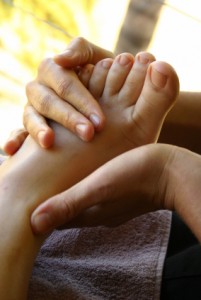 The popularity of reflexology supports its effectiveness: offering numerous benefits, this natural therapy allows clients to release stress from their bodies and minds, inducing an overall state of relaxation. Reflexology is also effective at improving blood circulation, detoxifying the body of impurities, increasing overall energy levels, and rebalancing hormones.
The popularity of reflexology supports its effectiveness: offering numerous benefits, this natural therapy allows clients to release stress from their bodies and minds, inducing an overall state of relaxation. Reflexology is also effective at improving blood circulation, detoxifying the body of impurities, increasing overall energy levels, and rebalancing hormones.
By stimulating various pressure points on the hands, ears, or feet, a reflexologist can encourage the body’s natural healing of the corresponding organs and bodily systems, similar to the equally effective art of acupuncture.
Bridging Chinese Medicine with Reflexology
Inge Dougans’ book, The New Reflexology: A Unique Blend of Traditional Chinese Medicine and Western Reflexology Practice for Better Health and Healing (Da Capo Press), offers readers insight to her approach to reflexology, which combines traditional chinese medicine (including the 5 elements and their 12 meridians), diet, and Western reflexology. By incorporating knowledge from these health approaches, a greater number of illnesses can be treated compared to those using a single approach.
 Covered in this fully illustrated book are:
Covered in this fully illustrated book are:
- discussions on the body’s meridians and why they are essential to the practice of reflexology;
- a description of meridian therapy and how to apply it with the 5 elements;
- an explanation the foot’s structure and how its imbalances correlate to imbalances elsewhere in the body; and
- detailed drawings that readers can easily follow as they successfully perform the described treatments.
Dougans is the well-esteemed principal of the International School of Reflexology and Meridian Therapy, a highly reputable institution with campuses now open internationally. As a reflexologist for over thirty years, Dougans also runs a private practice in South Africa where she treats clients with her holistic approach to reflexology. Her knowledge of the practice, the human body, and eastern philosophies is evident in this essential book.
Chinese Meridian Therapy
The theory and philosophy of Chinese meridians is based on balancing energy flows. Using cognition and manipulation of the meridians (or energy lines), various maladies of a person can be treated. When an energy block is released, this allows for emotional, spiritual, mental, and physical health to improve.
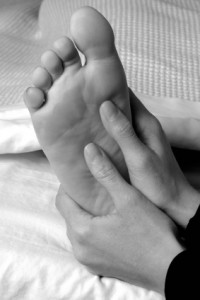 The 5 elements of Chinese philosophy are used to establish various relationships between the physiology and pathology of the body and its environment. Based on interdependence, movement, and change, the 5 elements are used by practitioners to diagnose various conditions.
The 5 elements of Chinese philosophy are used to establish various relationships between the physiology and pathology of the body and its environment. Based on interdependence, movement, and change, the 5 elements are used by practitioners to diagnose various conditions.
Meridian therapy and the 5 elements are a great complement to reflexology, the holistic therapy that offers great benefits such as relaxation, pain relief, and overall rejuvenation of the body. By learning Dougans’ method of reflexology, students and therapists can offer their clients a wide range of benefits from treatment, including improved body, mind, and spirit connection.
To learn more, click > The New Reflexology: A Unique Blend of Traditional Chinese Medicine and Western Reflexology Practice for Better Health and Healing by Inge Dougans
